On the 10th of March 1959, the people of Tibet came out to the streets of Lhasa, the capital city of Tibet in the largest peaceful resistance against repression of their rights and the forceful occupation of their motherland by the Chinese Communist Government since 1950. The sea of peace-loving Tibetans outside the Potala Palace, Lhasa on this fateful day to assert their rightful claim for their beloved motherland questioned the freedom loving humanity about its responsibility. The imperialistic Communist Chinese government began to invade Tibet from 1950. The rise of Peoples Republic of China in 1949 was bound to bring inevitable changes in the political scene of Asia. Tibet with its strategic position received immediate action from the expansionist Communist government of China. Under the leadership of Mao Zedong, the Chinese Communist government made swift entry into the polity of Tibet. For the militarily intimidating Red Army, Tibet was a very easy invasion. On 7thOctober 1950, the People’s Liberation Army invaded the Tibetan area of Chamdo. The large number of units of People’s Liberation Army quickly surrounded and outnumbered the representative miniscule Tibetan forces. Following the military invasion, in 1951 the Tibetan government and people were thrust upon with the 17-pointagreement dictated by the Chinese government which was signed by the Tibetan delegates representing the Tibetan government under duress, this agreement been later thwarted by the Dalai Lama and the Tibetan exiled government asserting its illegitimacy. Tibet came under effective rule of Peoples Republic of China from 1951 after the 17-point agreement. From 1951-1959 the Chinese Communist government chose not to implement the stringent social reforms in the Central Tibet region, the Kham areas of Tibet witnessed land reforms in full. Most lands were handed over from the nobleman and monasteries to serfs. The Tibetan Eastern Kham region was incorporated in Sichuan Province and the Western Kham was put under Chamdo military committee; rigorous land reforms took place in these regions. The trademark atrocities of the fascists of Communist Chinese government loomed large in these regions. The so-called socialist reforms and the ruthless repression of the Tibetan society slowly gathered unrest amongst the peace-loving Tibetan citizens. By 1956, there was unrest in Eastern Kham and Amdo, where land reforms were most rampant. Rebellions erupted and eventually spread to the Western Kham and U-Tsang. In 1956, the Tibetan Resistance movement began with isolated resistance to the rule of Communist Chinese government. The oppressive control of People’s Republic of China over the religious and cultural practices of Tibetans was threatening to their cultural and national identity. The suppression of their belief system and imminent threat to their reverend leader His Holiness the 14th Dalai Lama played significant role in the Tibetan uprising of 1959.
The rebellion from Eastern Tibet spearheaded towards Central Tibet despite efforts from the Dalai Lama to pacify the rebels through dialogue. The resistance movement reached its zenith in 1959.Lhasa was throng with an uneasy stiffness of suspicion and conspiracy since the news spread about the unusual invitation received by the Dalai Lama to attend a dance performance in Chinese military headquarters outside Lhasa, Dalai Lama was asked to attend it unaccompanied by any of his ministers and bodyguards. The fear of Dalai Lama’s abduction by the Chinese authorities took strong roots; people started pouring outside his residence to stop him from attending the invitation, conceived as a deceptive trap lay by the People’s Republic of China. On 10th March 1959, 30,000 Tibetans gathered in Lhasa, demanding the departure of Chinese and denouncing of the 17-point agreement. This event marks the beginning of the uprising in Lhasa. The mass uprising led to the renouncing of the 17-point agreement and proclamation of Tibet’s independence by the members of Tibetan government on 11thMarch. On 12th March, 1959 thousands of women gathered in front of the Potala Palace in Lhasa in non-violent demonstration under the leadership of Pamo Kusang. This demonstration, now known as the Women’s uprising day, started the Tibetan women’s movement for independence. The demonstrations began to get intense in the streets of Lhasa demanding independence of Tibet. The situation in Lhasa continued to fortify in the following days with both the Chinese and Tibetan troops moving into position, the Chinese artillery pieces being deployed within range of Norbulingka, the summer palace of the Dalai Lama. In the meantime, Lhasa streets were flooded with thousands of demonstrators and troops, barricades erected all around, the capital city of Tibet ready to face a historical confrontation. A petition was launched in support of the armed rebels outside the city and a call for assistance was already sent to Indian consul. On 15th March, preparations were initiated for evacuation of Dalai Lama, Tibetan troops alerted to ready an escape route from Lhasa. Two artillery shells landed near Dalai Lama’s palace on the 17th of March, this acted as an immediate trigger to his flight into exile. The Dalai Lama secretly left the palace the following night and set out of Lhasa with his family and a small number of officials. The rumours about the disappearance of Dalai Lama spread across Lhasa from the next day. The situation in the city grew tenser; finally on 20th March the Chinese troops shelled the Norbulingka Palace to disperse the crowd. This followed bloody battle between the Tibetan troops, Tibetan civilian protestors and the Chinese troops. The streets of Lhasa soon transformed from the most reverend abode of peace to that of world’s highest battle ground. Though the Tibetans were outnumbered by the Chinese troops, the fights in the streets of Lhasa were bloody. The last Tibetan resistance was centred in Jokhang, where Khampa refugees set up machine guns and large number of Tibetans circumambulated the temple in reverence. The People’s Liberation Army started to attack Jokhang on 23rd March, after 3 hours of intense fight the Chinese army was able to break through using a tank. The Chinese army raised the flag of People’s Republic of China on the temple, bringing an end to the Tibetan uprising. More than 80,000 Tibetans sacrificed their lives in this rebellion and countless others got displaced. The aftermath of this rebellion includes irreparable damage to several monasteries of Lhasa. The three major monasteries of Lhasa -Sera, Ganden, and Drepung, were seriously damaged by shelling. The Sera and Drepung monasteries were damaged beyond repair. Apart from this, thousands of Tibetan monks were either executed or arrested, and major temples and monasteries destroyed and looted around the city. The 1959 Tibetan uprising brought an end to years of peace in the Tibetan plateau; Lhasa transformed from being the peaceful abode of Gods to a conflict zone increasingly militarised by the constant presence of a large number of Chinese troops. The 1959 Tibetan uprising soon led to exodus of many Tibetan nationals to life in exile. From 1959 to 1960, approximately 80,000 Tibetans followed the Dalai Lama to India through the Himalayas. The second exodus of Tibetans took place in 1980s when Tibet was opened for trade and tourism; the increasing political repression triggered the Tibetans to take refuge in other nations. From 1986 – 1996, around 25,000 Tibetans joined the exiled community in India. The exodus of Tibetans in pursuit of safer refuge continues till date. India hosts the largest population of Tibetan refugees since 1959, other than India Nepal and Bhutan has sizeable population of Tibetan refugees. The Chinese communist regime continues to forcefully occupy Tibet; years of Chinese repressive reign has subjected Tibet and its natives to the highest order of humanitarian and environmental crisis. 10th March is observed as the Tibetan Uprising Day in many nations all over the world by exiled Tibetans and people from different nationalities and diverse ethnicities to show their respect to thousands of Tibetans who sacrificed their lives for their motherland in the 1959 Tibetan uprising.
10th March, 2021 marks the 62nd year of Tibetan Uprising; it has been 62 long years of determined peaceful struggle for millions of Tibetans under the leadership of His Holiness the 14th Dalai Lama who left his motherland in wake of the rebellion of 1959 and since was living in exile in India. This revered Tibetan spiritual leader spread the message of peace and non-violence all over the world throughout his decade’s long struggle for the Tibetan cause. In him, the world found a true practitioner of Buddha Dharma, a firm advocate of peace and humanity as their leader. The reverend leader of millions of Tibetans never failed to show his compassion and share his wisdom for the benefit of entire humanity.The exiled Tibetan wisdom enriched with ancient knowledge of Buddha Dharma became a refuge for the world populace. Dharamshala in Kangra district of Himachal Pradesh, the official seat of Dalai Lama in India has taken the status of ‘Little Lhasa in India’ in its own humble capacity. Dalai Lama took very definitive steps to preserve the Tibetan culture in India, irrespective of the uncertainties. The communist Chinese rule did everything to systematically destroy the traditional way of life and culture of Tibetans, to wipe out the separate Tibetan identity and sense of nationhood. The preservation of Tibetan culture and practices was most vital for the Tibetans for their identity; their culture being their biggest strength in this struggle for freedom of Tibet. The shocked and bewildered Tibetan refugees who took shelter in India in 1959, in the wake of Dalai Lama’s flight from Tibet have given way to a clear-headed and culturally intact Tibetan Diaspora, scattered in Indian subcontinent from Karnataka in the South to Ladakh in the extreme North. Tibetans have earned respect wherever they live for their cultural reflection in their social behaviours. The 6 million Tibetans living under constant fear under the Chinese oppression along with their exiled Tibetan brothers and sisters set an outstanding example of human perseverance and tolerance through their peaceful freedom struggle for independence of Tibet since 1959.Their determined non-violent freedom movement motivates the entire world to believe in the practice of compassion and kindness, they brought mankind closer to the essence of peace.
On the other hand, the totalitarian regimes of consecutive Chinese communist governments continue to rule in Tibet with subsequent oppressive policies marked with decades of exploitation till date. According to official records, more than 1.2 million Tibetans have been killed and more than 6,000 monasteries been destroyed in Tibet. The Tibetans are the minority in their own land; 6 million Tibetans are outnumbered by 7.5 million Chinese in Tibet. The atrocities in Tibet accounts for highest order of human rights violation, communist Chinese government have successfully carried cultural genocide in Tibet for the past 60 years. The peaceful Tibetan plateau has been transformed into a vast military base. The natural resources of Tibet have undergone irreversible damage under the exploitative Chinese regime. Tibet, also called the ‘third pole’ and the ‘Roof of the world’ has a very fragile environment. Large tracts of the Tibetan plateau are covered in glaciers which play a very crucial role in maintaining the global temperature and regulate the monsoon cycles; most important is the fact that these glaciers are the origin of the 10 major rivers of Asia. This includes Yarlung Tsangpo (Brahmaputra), Shiquan He (Indus), Satluj, Ganga, Yangtze, Mekong, Yellow river, and so many. These rivers constitute lifeline for billions of people in the downstream Nations. The Chinese government have already dammed every major river in Tibet and have promised to come up with many more in future. One of the most dreaded Chinese river strategies include the Great South North water transfer project which envisages diverting the mighty Brahmaputra. One can easily imagine the kind of catastrophe this will create in the downstream countries, especially in Assam and other North-eastern states of India. The river Brahmaputra is the biodiversity, economic and cultural lifeline of Assam. Any untoward change in the flow of Brahmaputra will jeopardize the future survival of Assamese people in their homeland. The rampant deforestation in Tibetan plateau is already linked with frequent flooding in North-eastern India, but the diversion of Brahmaputra will create an environmental crisis which will affect millions of lives- not only the dense human population but also the rich flora and fauna of North-eastern India. Assam and Arunachal Pradesh constitute a biodiversity hotspot, a region globally recognized for its rich biodiversity which plays a significant role in securing the future ecological well-being of the planet. This ecological richness is largely dependent on Brahmaputra and its tributaries, drying of Brahmaputra will break this very biodiversity backbone of North-eastern India. The people of Assam and other North-eastern states of India ought to rise for the Tibetan cause. The protection of Tibetan environment is vital for our future survival. The fate of our rivers lies in grave danger, so are our civilizations. The Independence of Tibet is crucial for the future preservation of its environment which will have its immediate impact in the neighbouring countries.
Historically, Tibet was India’s neighbour till its annexation by the Communist Chinese government in 1959. India and Tibet always had a friendly relationship based on cultural kinship. The scene completely changed with the Himalayan border getting seized by the Chinese troops. India soon tasted the vehemence of Chinese hostility in the Sino-Indian war of 1962. The Indo-Tibetan border which was manned by merely 75 Indian sepoys before 1959 is one of the most fiercely guarded international borders of the world today; laths of Indian troops are deployed to guard the national border in the hostile terrain all through the year. The border disputes and the volatile border situations incur huge defence expenditure for India. Tibet acted as the peaceful buffer between the two highly populated nations of Asia, thus played an important role in the interest of peace in Asia. Now, the only way to attain peace in the Asia is by giving independence to Tibet from the clutches of Communist Chinese regime and India has a huge role to play in this struggle. The Chinese expansionist ideology has been a constant threat to India. The expansion of their territory to exercise considerable political and economic power is in the core of the Communist Chinese ideology. This expansionist ideology engulfed Tibet in 1959 and continues to intimidate all other neighbouring countries, India been at the receiving end since 1959. India needs to bolster its stand against the expansionist misadventures of Chinese government and doing this requires a serious policy regarding Tibet. India has provided immense humanitarian support to Tibet, needless to say that the Tibetans found their second home in India after the annexation of Tibet by the Communist China. What has been lacking all these years is a concrete Government of India policy on Tibet. India and Tibet are not just neighbouring Nations, these are two Nations which flourished upon the common cultural and philosophical foundation of Buddha Dharma. The Buddha Dharma which is the guiding light for every Tibetan, the foundation of the non-violent Tibetan freedom movement is the dharma of our country too. Irrespective of our religious diversity, the conscience of every Indian is based on the secularism and compassion of Buddha Dharma. Hence, we Indians have a greater role to play in the Tibetan freedom struggle. This non-violent freedom movement for the Independence of Tibet belongs to the Indians as much as to our Tibetan brothers and sisters. The sooner we realise this fact, the better for us. The western world shaken with the Covid-19 pandemic finally took the call; United States of America alerted the world regarding the seriousness of the Tibetan cause by passing the Tibetan Policy and Support Act 2020 (TPSA) with bipartisan support to make it a law of the land. The Tibetan Policy and Support Act would make it official United States policy that the succession of Tibetan Buddhist leaders, including the succession of the Dalai Lama, is left solely to Tibetan Buddhists to decide, without interference from the Chinese government. Chinese officials that interfere in the process of selecting Tibetan Buddhist leaders would be subject to sanctions. The legislation also introduces new key provisions aimed at protecting the environment and water resources on the Tibetan plateau which supports biodiversity and makes the livelihood support of an estimated 1.8 billion people. Most importantly it calls for cooperative agreements among all riparian nations for transparency related to any kind of activities on rivers flowing from Tibetan plateau. Another very significant aspect of the TPSA is the formal acknowledgement of the Central Tibetan Administration as the legitimate institution reflecting the aspirations of the Tibetan Diaspora around the world and the Sikyong as the President of the Central Tibetan Administration. The world is finally taking note of the Chinese threat and India is the country which has faced it for more than 60 years now. The Indian government and Indian citizens must not be fooled with the deceptive manoeuvres of the Chinese dragon anymore. India must come up with a concrete Tibet policy, the Tibetan cause must figure out as a core issue in Indian parliament. This is a question of India’s own peace and security; this is also a question regarding India’s global responsibility as a key player in maintaining world peace.
The Indian citizens have accepted the Tibetan Diaspora with a sense of respect and brotherhood. The essence of our Dharma of compassion and kindness binds us in this kinship from ancient times. Now, the present time urges the altruistic Indians to take part in their freedom struggle in comradery. The active participation of Indian citizens in Tibetan freedom movement will bring the required change in Indian political psyche. This has to become a citizen’s movement based on a clear understanding of the Tibetan cause. A group of people in Assam have already begun their journey with firm resolve to contribute meaningfully towards the non-violent freedom struggle of millions of Tibetans from across the world. ‘Free Tibet, a voice from Assam’ is their campaign, where civil society and people from all across Assam are coming together in a constructive way to effectively streamline the Tibetan freedom movement into a people’s movement in Assam. The river valley civilizations of Assam and the diverse ethno-biogeography of this North-eastern state of India have been nurtured from time immemorial by the melting glaciers of Tibetan plateau, the people from the fertile alluvial plains of Assam have finally found a way to express their gratitude to Tibet by participating in the Tibetan freedom movement. The river Brahmaputra is the lifeline of Assam, so is Siang (the upper reach of Brahmaputra) in Arunachal Pradesh. The environmental degradation of Tibetan plateau has immediate reflection in these neighbouring states of India, which is witnessed in the sudden flooding of the river valleys and shocking murkiness of their mighty rivers. Tibet has been so closely connected with the vibrant diversity of life in the downstream of the glacial rivers; this connection still awaits greater understanding on our part. Meanwhile, the time has come for the downstream to rise in solidarity with the strives and tribulations faced in the Tibetan plateau. The ‘Free Tibet, a voice from Assam’ campaign is dedicated to the dignified 60 years of non-violent Tibetan resistance to the repressive rule of Communist Chinese government since 1959, this campaign from Assam is a tribute to the courage and determination of the Tibetans who sacrificed their lives in their struggle for freedom of their motherland. This is a global environment campaign too, where the people from the downstream of Brahmaputra unites to fight for the preservation of the glaciers, rivers, forests, wildlife and the fragile ecology of the Tibetan plateau where Yarlung Tsangpo (Upstream of Brahmaputra) originates. Let Assam be a precedent for rest of the country. Let the people of my country awake to tour own reality and come closer to a clearer understanding of the Tibetan cause. Let India, which earned its own independence through years of non-violent freedom struggle find a decisive way to give justice to Tibet, another Nation which survived more than six decades of absolute inhuman repression because of its cultural foundation of peace and non-violence. Let this 62nd Uprising Day of Tibetan resistance bring an end to an era of ignorance, let the world rise to see the Snow Lions back in the Himalayas. Free Tibet to Save Tibet.

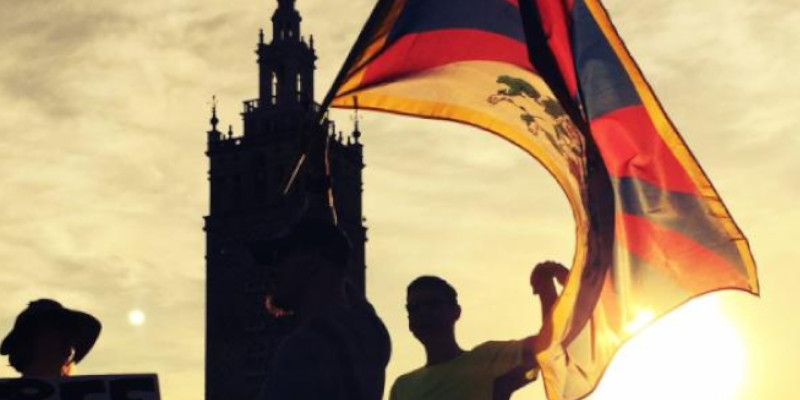
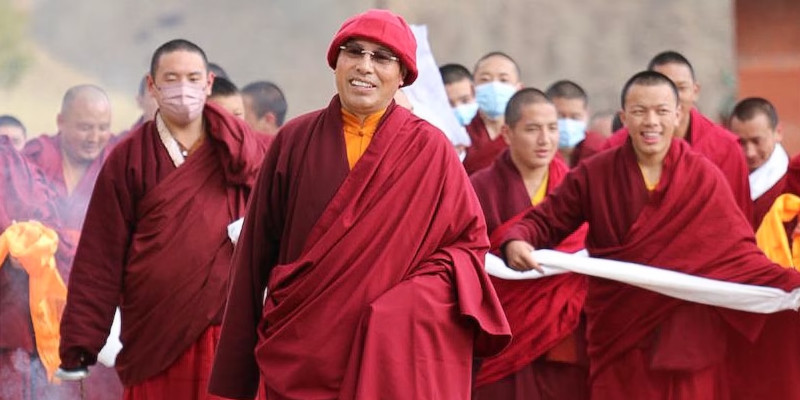
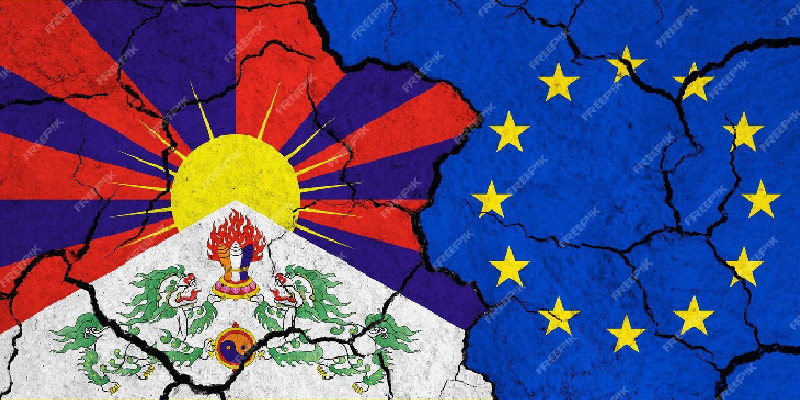
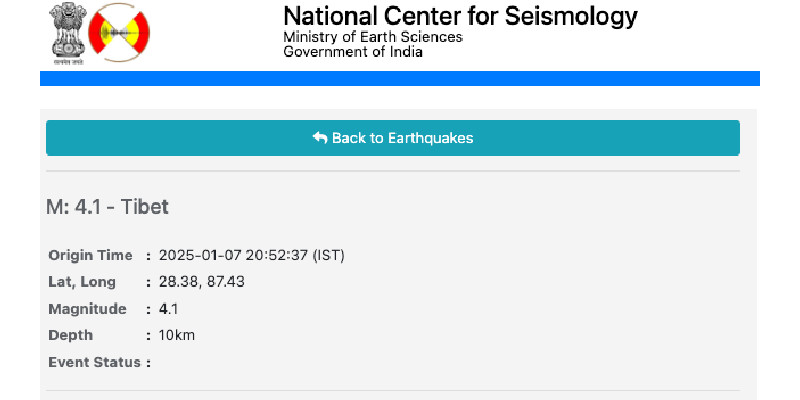
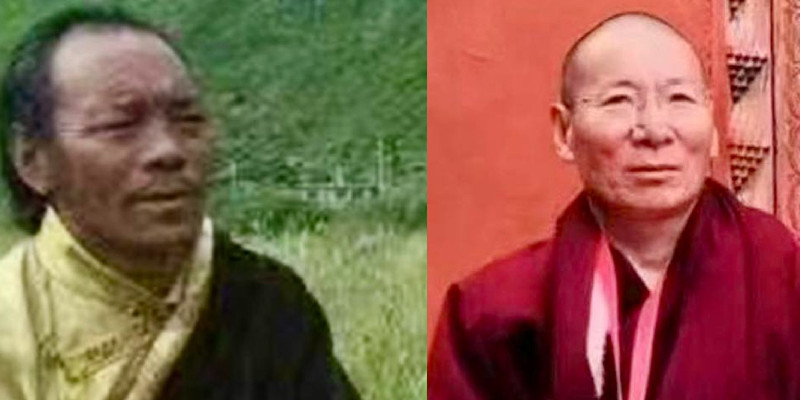
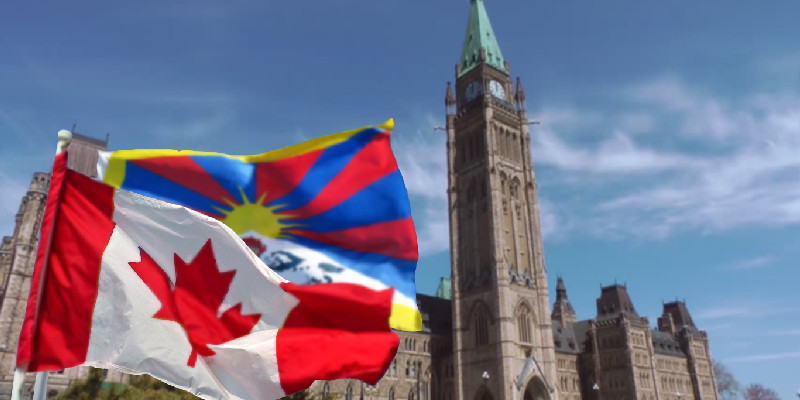
Leave a Reply